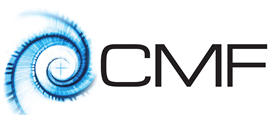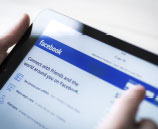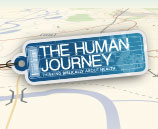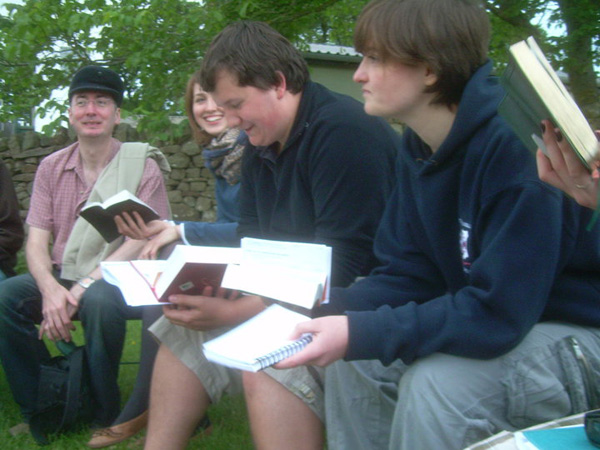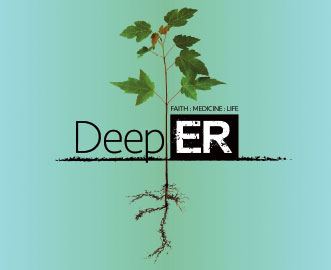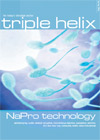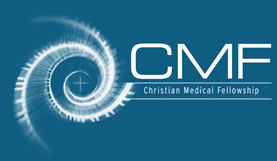Mary is 72, has stopped eating and drinking, is profoundly depressed and believes she deserves to die.You consider giving her antidepressants but you know they may take a few weeks to work. She might die unless you intervene within a few days. A colleague suggests ECT (electro-convulsive therapy). What should you do?
A controversial treatment
'ECT is one the most controversial treatments in medicine'says a BMJ leader.[1] Why is this? It has received much adverse publicity from portrayals in films such as Ken Kesey's 'One Flew over the Cuckoo's Nest'in which patients were shown as being given ECT without general anaesthetic or muscle relaxant (a procedure which can lead to vertebral fractures). This may have led to the perception that ECT is used as a means of behavioural control or even punishment. Some patient groups such as the charity MIND, which does much valuable work for the mentally ill, have advocated the outlawing of ECT unless the patient consents to it voluntarily.
The anti-psychiatry movement writes articles entitled 'Psychiatry's Electro-convulsive Shock Treatment: a Crime against Humanity'. In so doing they appear to try to make the link between ECT and torture. They also claim 'Psychiatrists who use ECT are violating their Hippocratic oath not to not harm patients and are guilty of a form of health care quackery'.[2]
What is ECT?
ECT involves the passage of a small current of electricity across the brain for about two seconds via electrodes attached to the scalp, inducing a generalised tonic-clonic seizure for up to one minute.The patient is under general anaesthetic and will have been given a muscle relaxant to reduce the risk of body spasms and hypoxia. The procedure takes place, usually twice a week, in an ECT suite with an anaesthetist, psychiatrist and nurse. Electrodes are either attached to both sides of the head (bilateral) or to just one side (unilateral), usually the non-dominant, in order to reduce the risk of cognitive side-effects. It was first used as long ago as 1938 by two Italian psychiatrists Cerletti and Bini.
It is thought that ECT works by increasing the amount of certain neurotransmitters which have a mood regulatory and antipsychotic effect. The exact mechanism is not fully known. Some would say that it should be outlawed on that basis – that it is 'quackery'. The problem is that we don't fully understand how some common drugs, such as the mood stabiliser/ antidepressant lithium, exert their therapeutic effects either. Should they be banned on that basis? Surely not - these drugs are rightly used before all is known about them.
Is ECT evidence-based?
Randomised controlled trials (RCTs) show that in depressive illness ECT is an effective treatment in the short term.'Real'ECT is more effective than 'sham'or simulated ECT (where no electric current is applied). Bilateral ECT is more effective than unilateral ECT. RCTs show that ECT may be of benefit in the rapid control of mania and catatonic schizophrenia.
There are now official guidelines on when ECT can be used in the United Kingdom. NICE (the National Institute for Health and Clinical Excellence) allows its use in three illnesses: 'severe depressive illness'; 'catatonia'; and 'a prolonged or severe manic episode'.[3]
What do patients think of ECT?
11,000 patients per year have ECT in England; what do they think about the treatment? They find it helpful and would have it again.[4] This is borne out by a systematic review,[5] which also identified the need for more research: patients interviewed by a doctor are more likely to answer in the affirmative than those asked by a fellow patient whether they like the treatment. Another area for research is memory loss - about a third of patients report loss of autobiographical memory (retrograde loss). The Royal College of Psychiatrists reports that there is no problem with the formation of new memories (anterograde memory).[6]Hasn't modern science come up with any alternative to ECT after over 60 years?
Well, maybe there is now a possible successor to ECT called repetitive Transcranial Magnetic Stimulation (rTMS), but it is by no means sure that it is an effective treatment in depression. It is very much in the research stage.[7] It involves the application of a magnetic stimulus to the brain and the effect on neurones is similar to that of ECT (depolarising) but without causing a seizure. If it does become part of routine clinical practice it will mean that patients don't have to be anaesthetised or have a muscle relaxant.They can have the treatment in the outpatient department and the main side effect is only a mild headache.From a Christian point of view what are the issues?
Using George Smith's criteria:[8]
1. Can ECT be recommended with integrity?
ECT is an effective treatment, although its exact mode of action remains not fully understood. However, it cannot be regarded as 'quackery'given the presence of all the research studies that show its efficacy and its life-saving effects. It is clearly not torture, and even though some may see it as such, it is an effective treatment when used for the right reasons.
2. What are its roots?
They lie within the psychiatric profession, a profession based on the scientific approach, which can be seen as morally neutral, although like anything, it can be subverted for evil ends.3. Is ECT harmful?
Nowadays it is a very safe procedure - the mortality is 4.5 per 100,000 patients, about the same as for any minor operation under general anaesthesia.Any lifethreatening complications relate to general anaesthesia; less serious side-effects are headache, neckache, shortterm confusion and memory disturbance.
For many patients like Mary the mortality of the untreated illness is greater than the mortality of the procedure. ECT may also be safer than the side effects of medication; postural hypotension and cardiac side effects may be especially damaging. This makes ECT a fully justified treatment in severe illness. But ECT may still be harmful in other ways. More research is needed to see if there is indeed any permanent retrograde memory loss.
What safeguards are there?
Psychiatrists are more cautious in their use of ECT. This is in part due to the development of better and safer antidepressants. NICE Guidelines set audit standards for facilities and practice. Consent from the patient prior to ECT is sought. If informed consent is impossible because of severe mental illness, there has to be a Second Opinion Doctor appointed by the Mental Health Act Commission to sanction treatment.
If ECT could not be given without informed consent, some of the most ill patients like Mary would be denied the opportunity of one of the most effective treatments. This would not be just - those who are least advantaged and least able to choose should be treated to the same standard as those who can.
What happened to Mary?
Mary had two applications of ECT and was eating and drinking again within five days. After twelve treatments her depressed mood and delusions had significantly improved; her progress was then maintained by the antidepressants that had been started earlier.
Conclusion
ECT is a safe procedure. It is unclear whether it produces long-term memory loss. Some want it to be banned; others only want it to be used when the patient gives informed consent. However, given the severity of illnesses like psychotic depression, patients may not be able to give informed consent. Where possible medication can and should be used. Sometimes psychiatrists cannot wait for a response to medication. Or there may be circumstances when medication is ineffective or produces too many side effects.Without an adequate alternative, and as long as there are safeguards and strict monitoring of ECT, it is right that very ill psychiatric patients should be able to receive this effective yet controversial treatment.
I am grateful to Dr Adrian Treloar (Consultant Psychiatrist for Older Adults, Oxleas NHS Trust) for his helpful suggestions and comments on this article.
